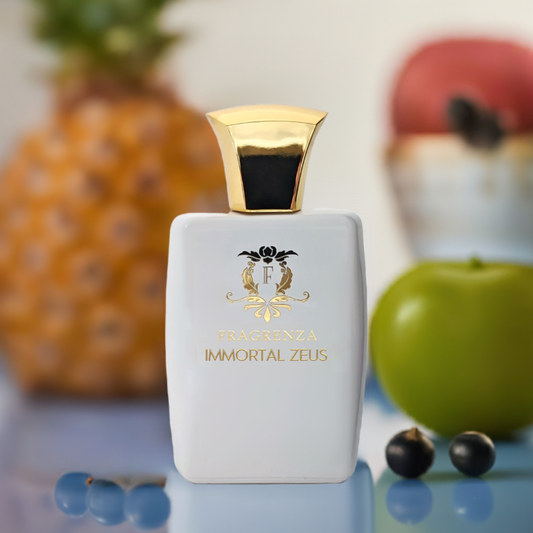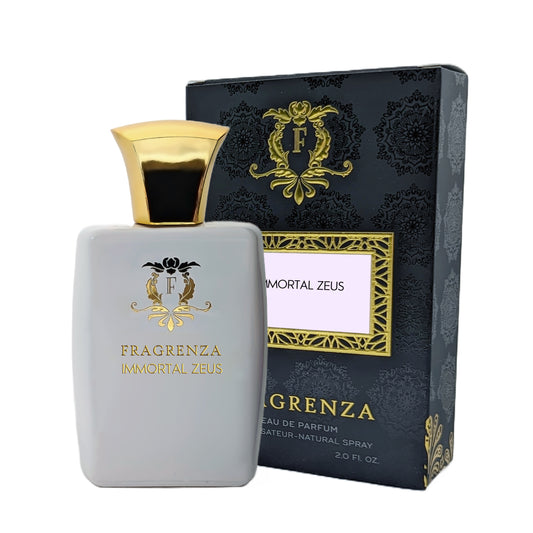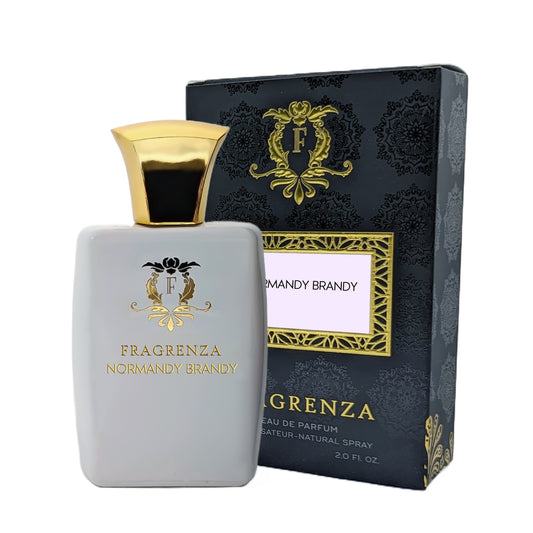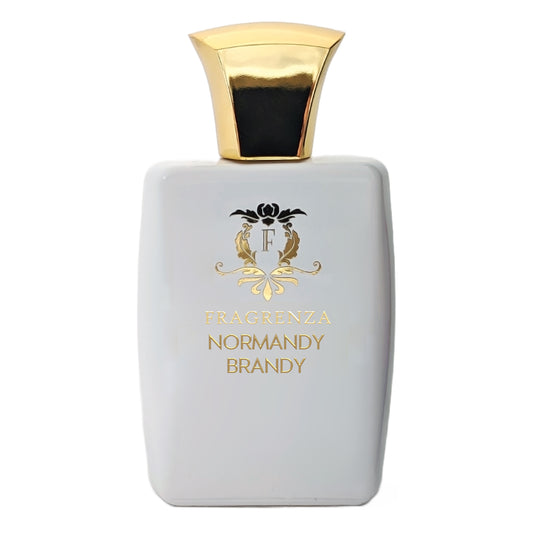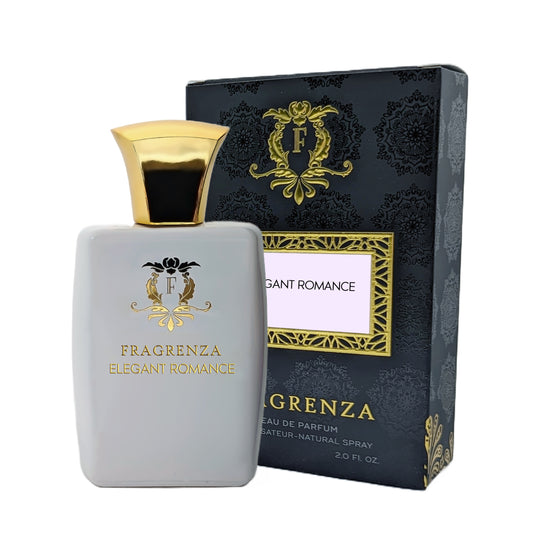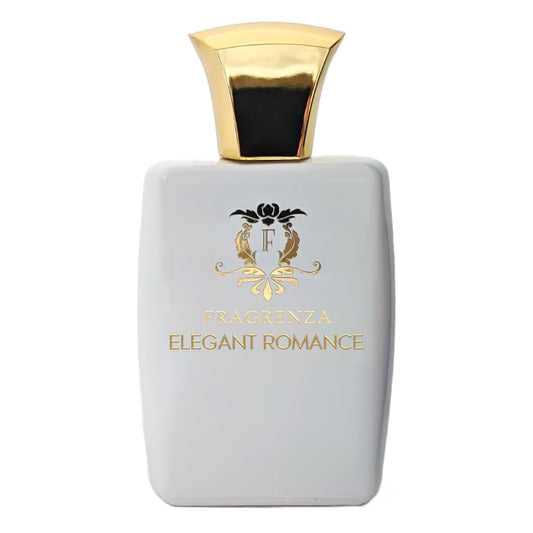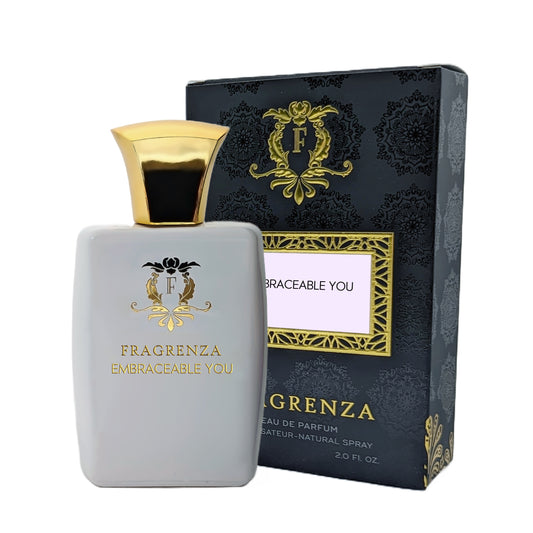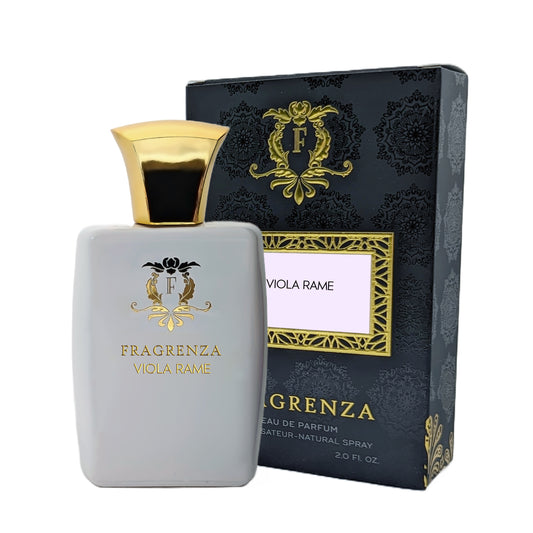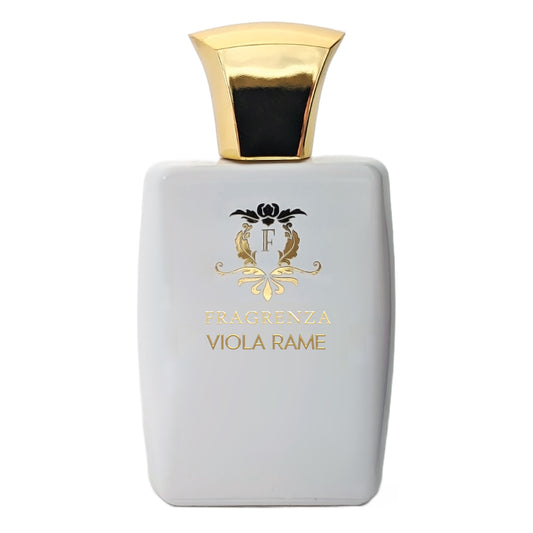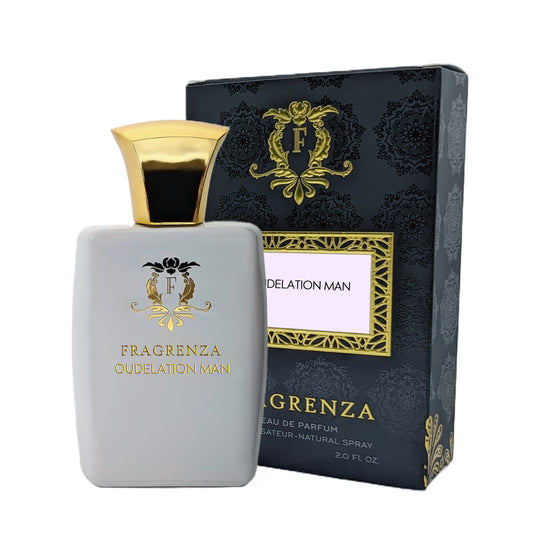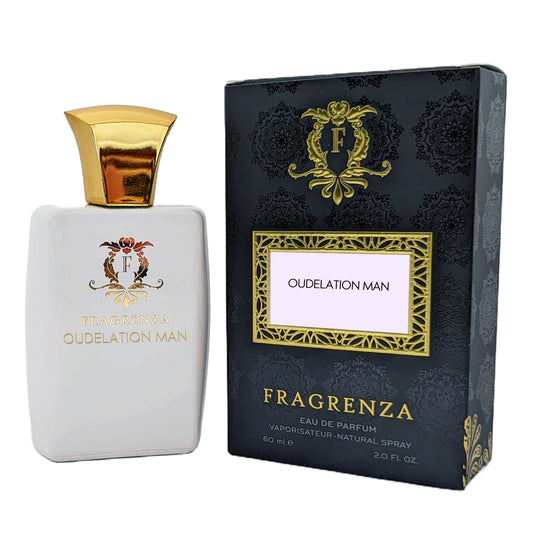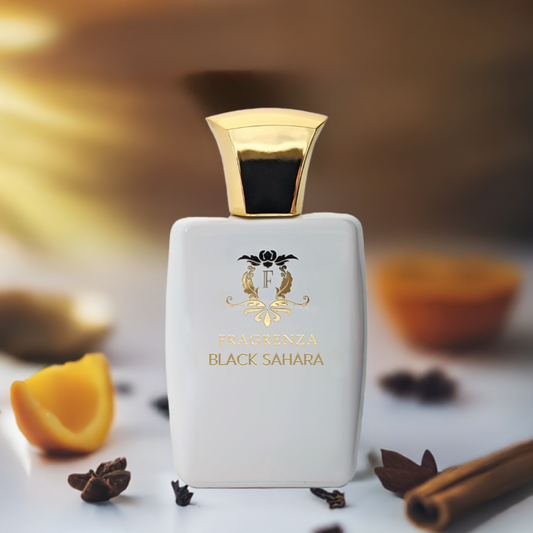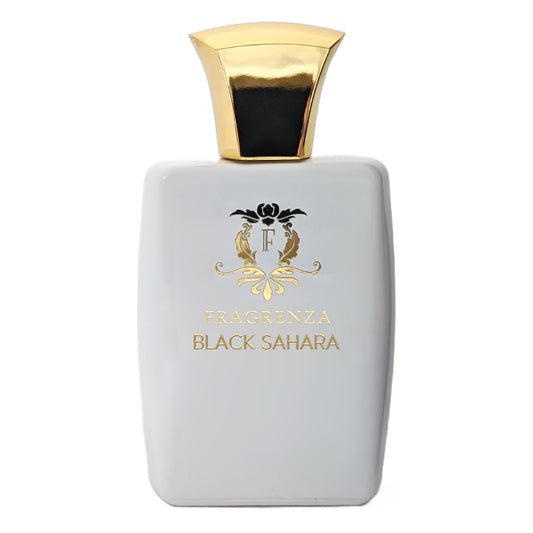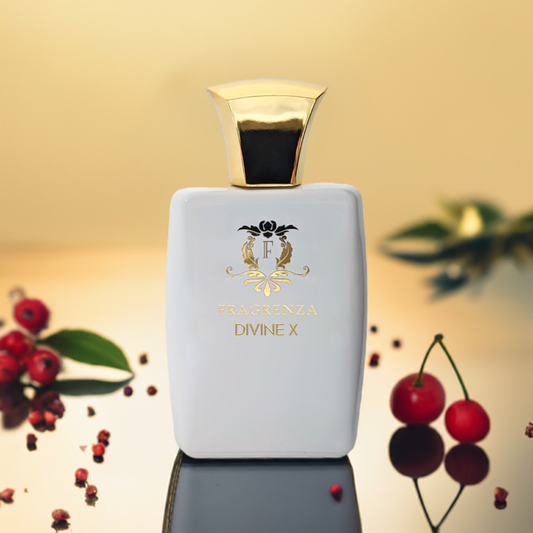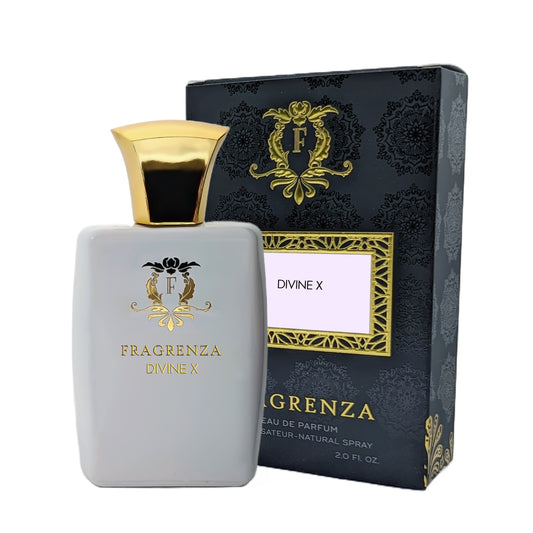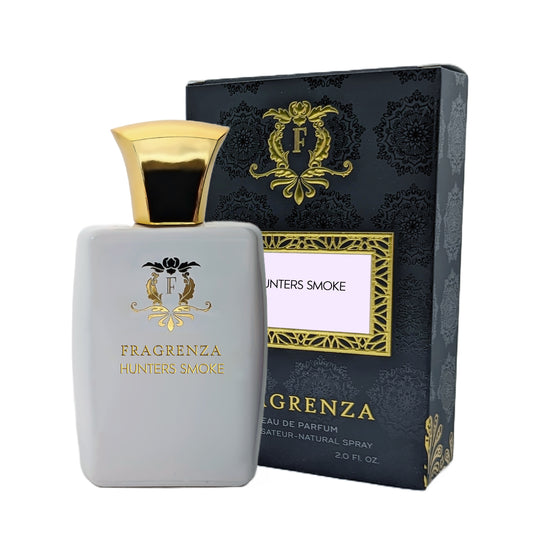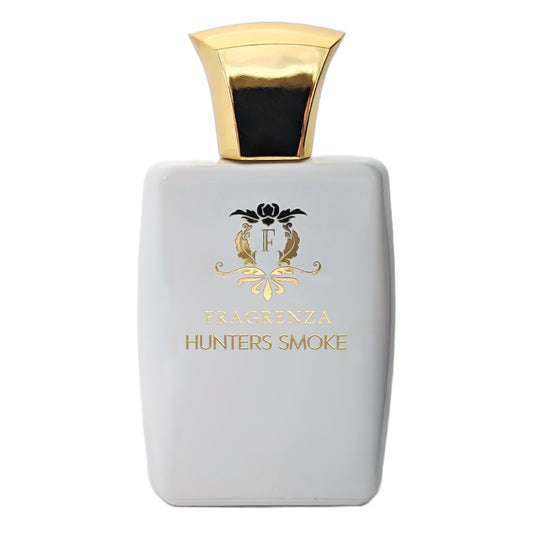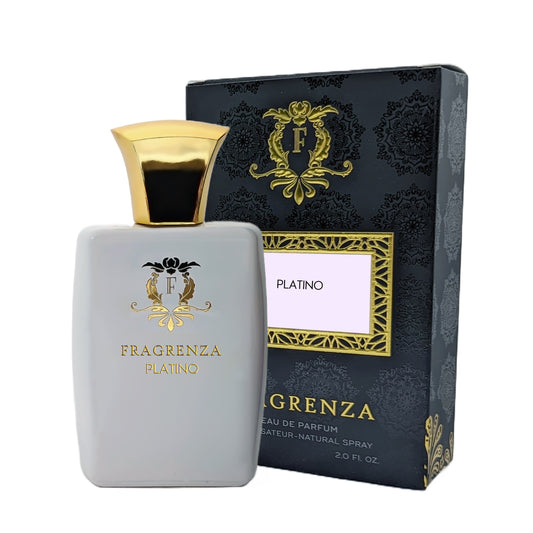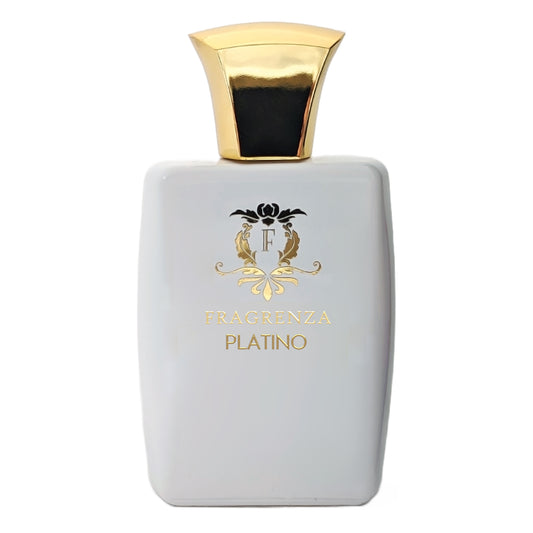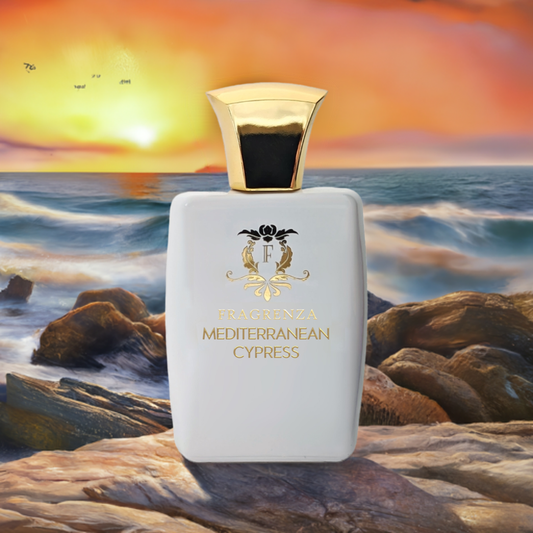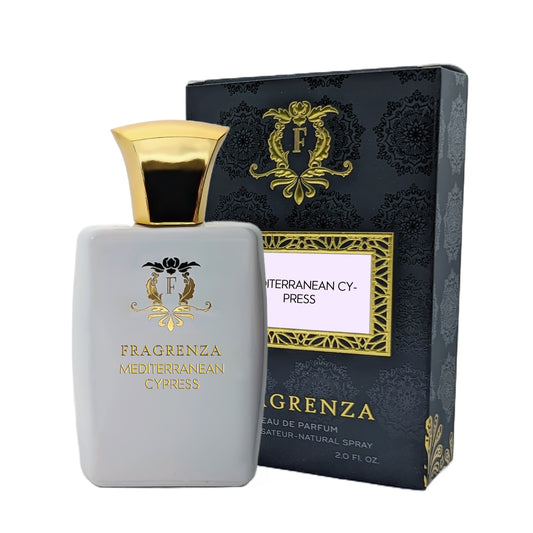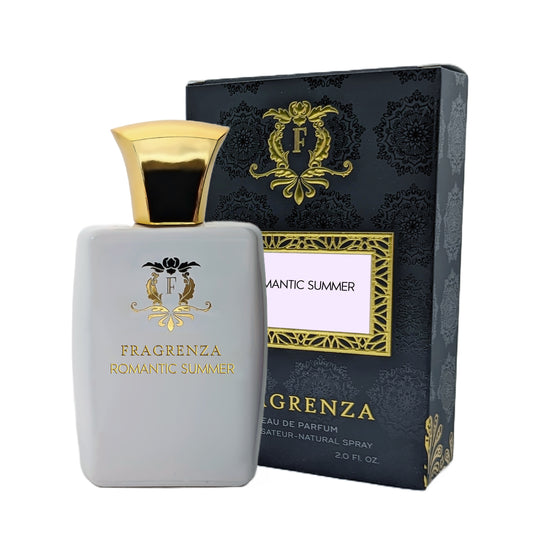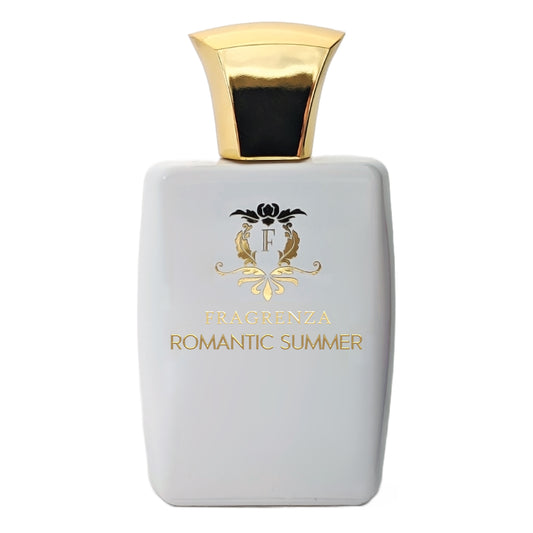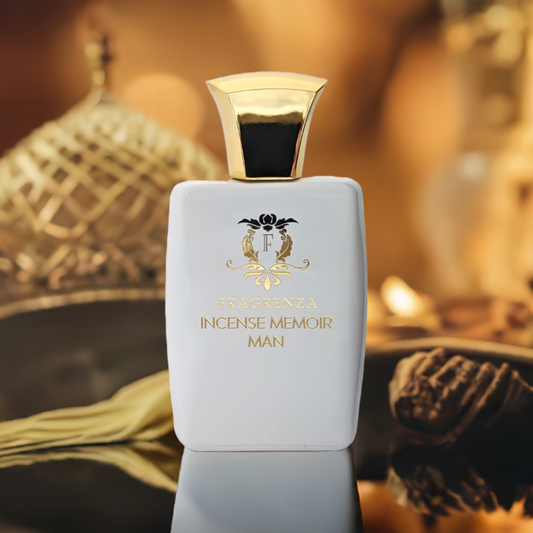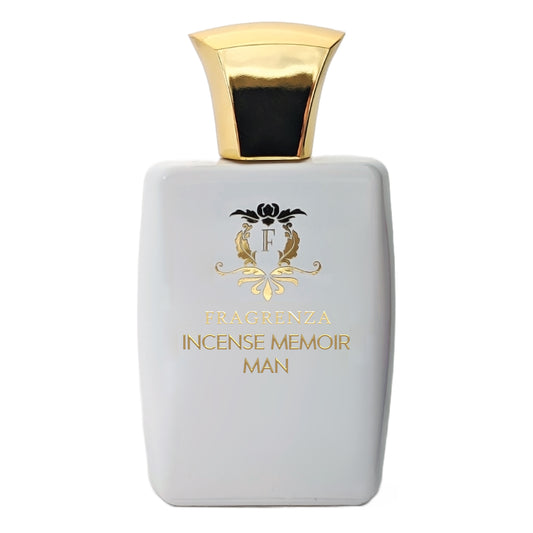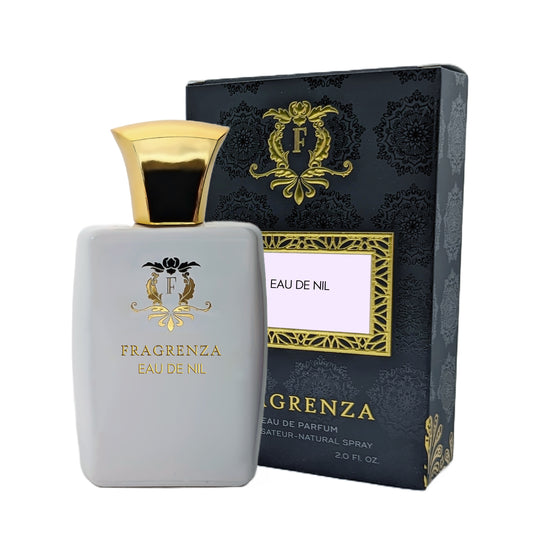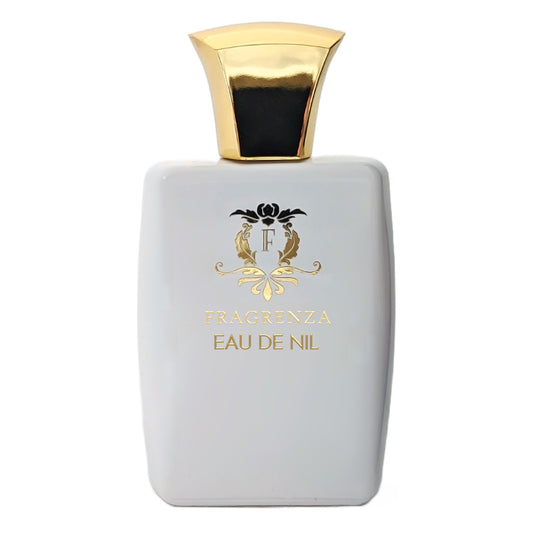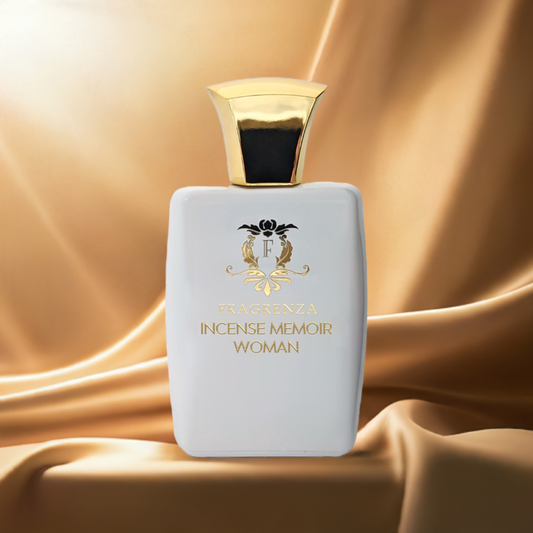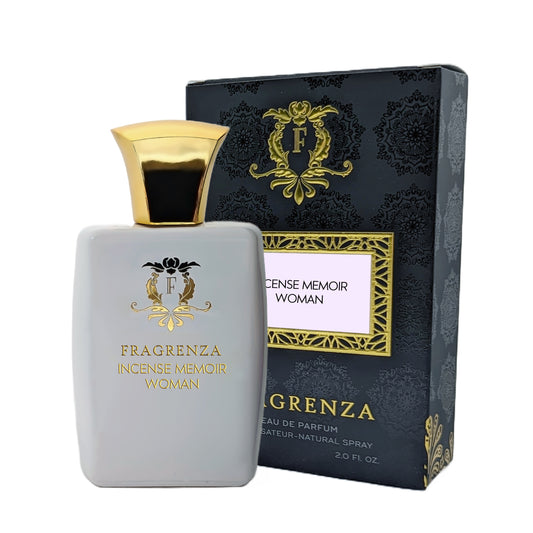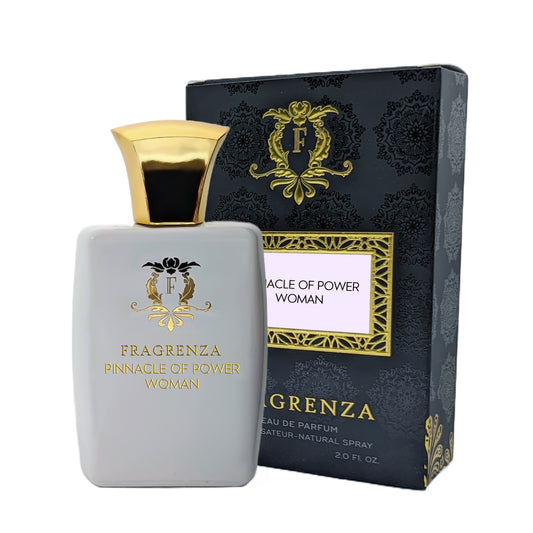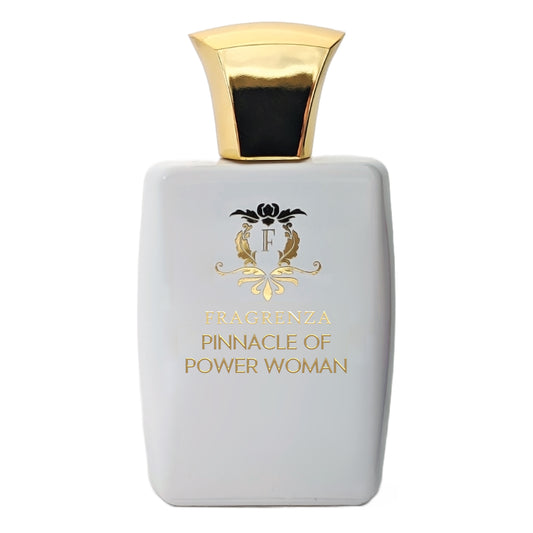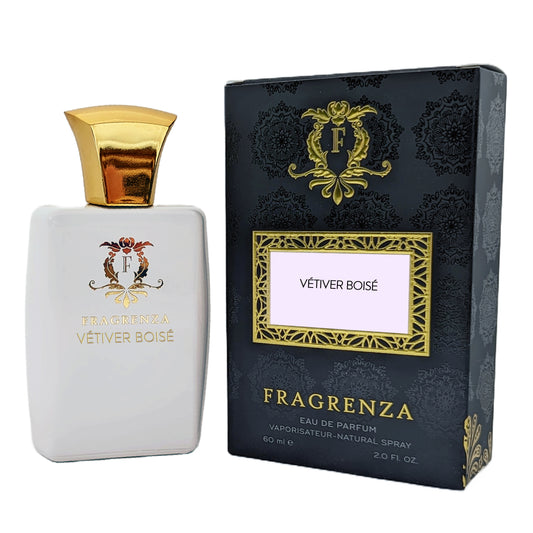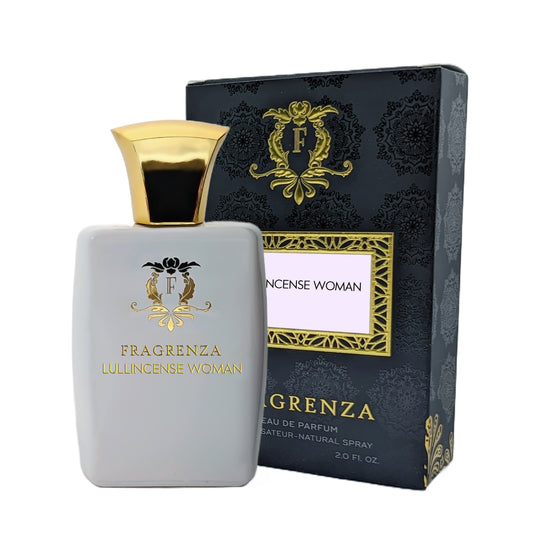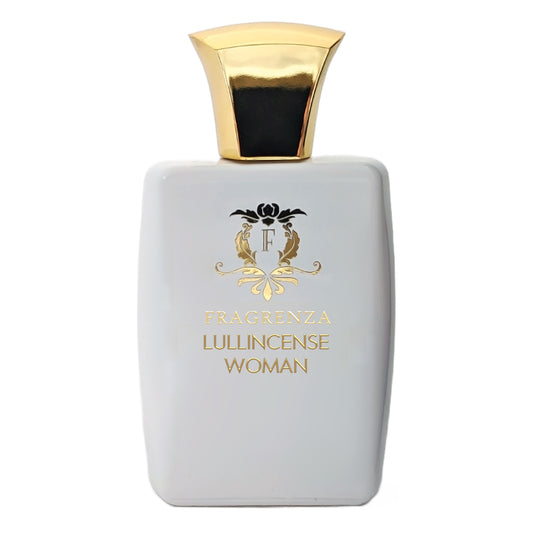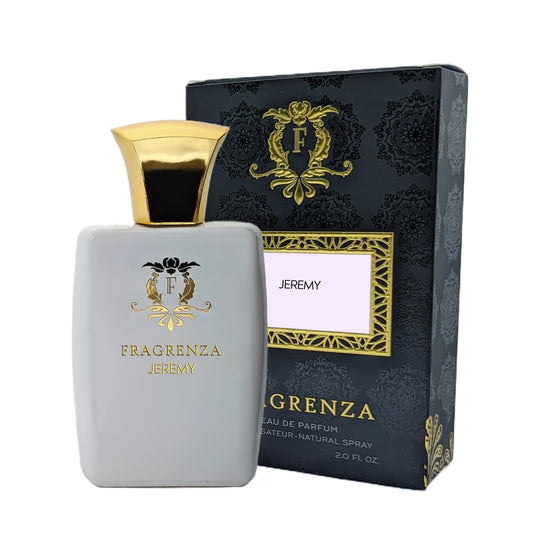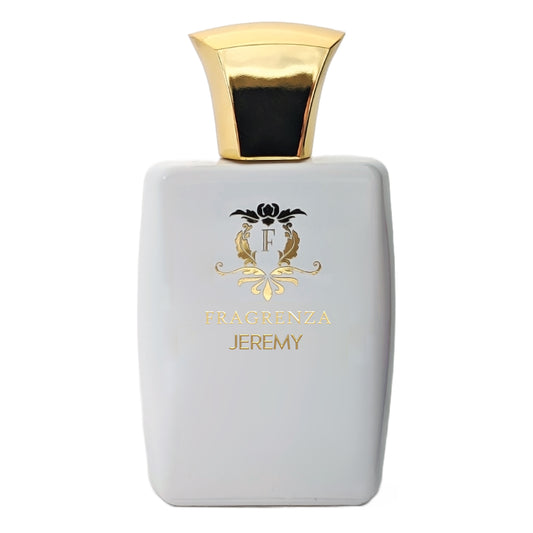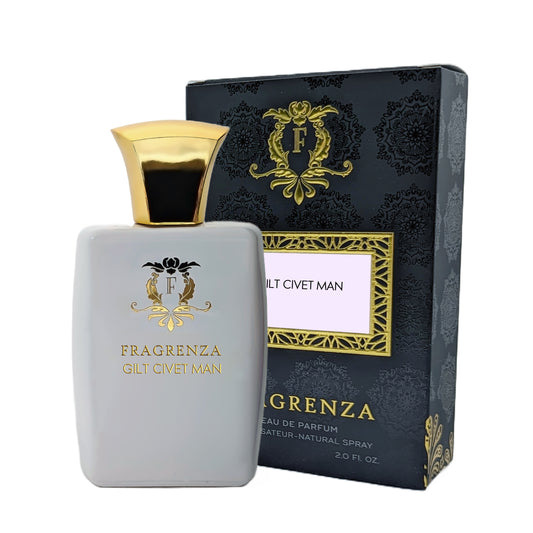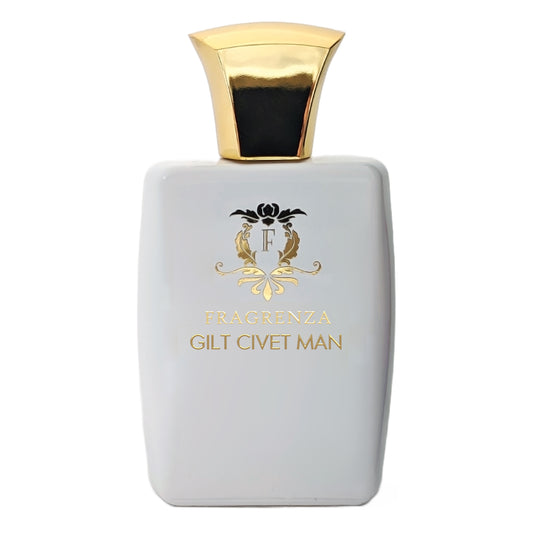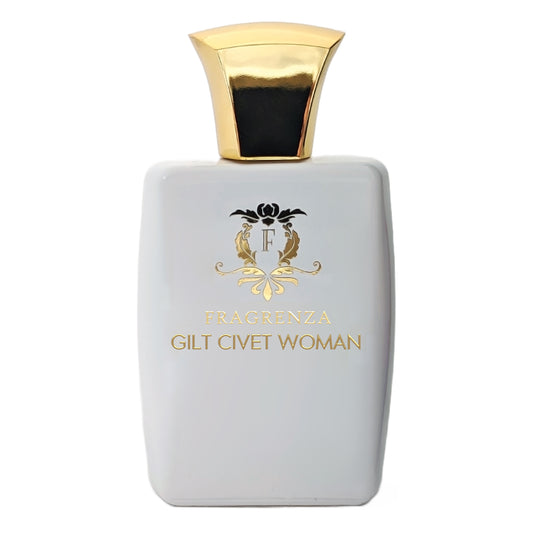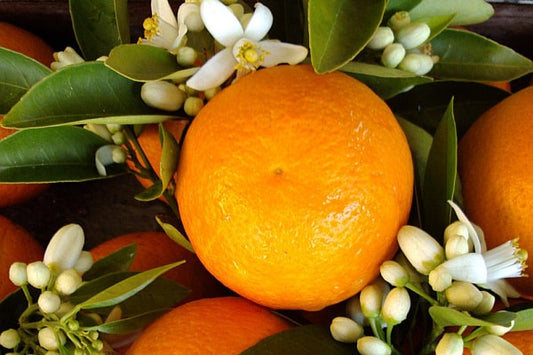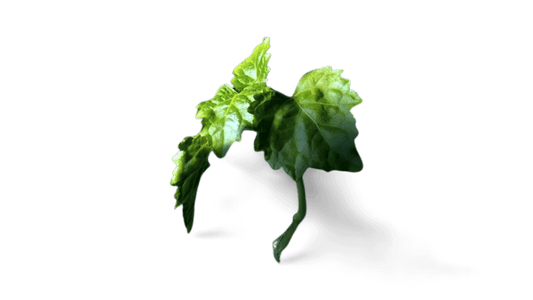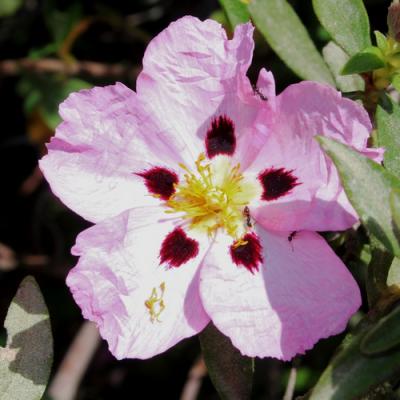- Immortal Zeus Aventus by CreedVendor:Inspired by Creed Aventus dupeRegular price From $9.99Regular priceUnit price per
$69.99Sale price From $9.99Sale -
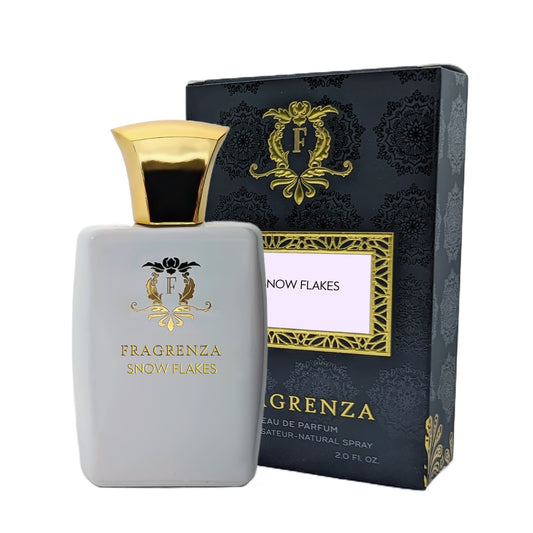
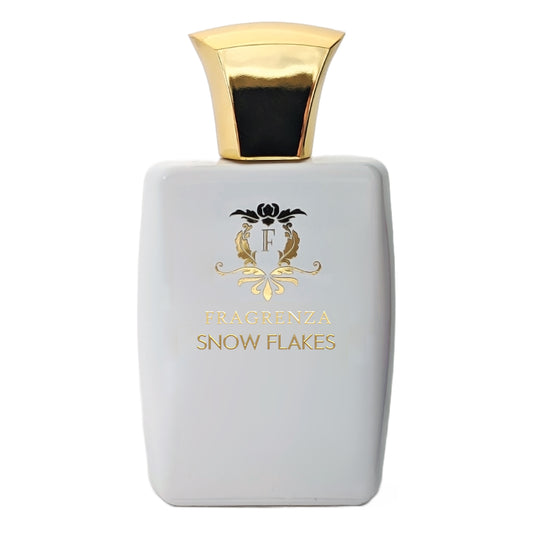 SaleSnow Flakes Snow Flakes by Fragrenza TwistVendor:Regular price From $9.99Regular priceUnit price per
SaleSnow Flakes Snow Flakes by Fragrenza TwistVendor:Regular price From $9.99Regular priceUnit price per$69.99Sale price From $9.99Sale - Normandy Brandy Apple Brandy On The Rocks by KilianVendor:Inspired by Kilian Apple Brandy On The Rocks dupeRegular price From $9.99Regular priceUnit price per
$0.00Sale price From $9.99 - Elegant Romance Instant Crush by ManceraVendor:Inspired by Mancera Instant Crush cloneRegular price From $9.99Regular priceUnit price per
- Embraceable You Sensual Instinct by MontaleVendor:Inspired by Montale Sensual Instinct dossierRegular price From $9.99Regular priceUnit price per
- Viola Rame Armani Privé Bleu Turquoise by Giorgio ArmaniVendor:Inspired by Giorgio Armani Armani Privé Bleu Turquoise dupeRegular price From $9.99Regular priceUnit price per
- Oudelation Man Jubilation XXV by AmouageVendor:Inspired by Amouage Jubilation XXV cloneRegular price From $9.99Regular priceUnit price per
- Black Sahara Sahara Noir by Tom FordVendor:Inspired by Tom Ford Sahara Noir dupeRegular price From $9.99Regular priceUnit price per
- Arabian Timber Arabian Wood by Tom FordVendor:Inspired by Tom Ford Arabian Wood cloneRegular price From $9.99Regular priceUnit price per
$69.99Sale price From $9.99Sale - Divine X X for Men by Clive ChristianVendor:Inspired by Clive Christian X for Men dossierRegular price From $9.99Regular priceUnit price per
- Hunters Smoke Smokey by FragrenzaVendor:Regular price From $9.99Regular priceUnit price per
$69.99Sale price From $9.99Sale - Platino Platinum Égoïste by ChanelVendor:Inspired by Chanel Platinum Égoïste cloneRegular price From $9.99Regular priceUnit price per
$59.99Sale price From $9.99Sale - Mediterranean Cypress Italian Cypress by Tom FordVendor:Inspired by Tom Ford Italian Cypress dupeRegular price From $9.99Regular priceUnit price per
$79.99Sale price From $9.99Sale -
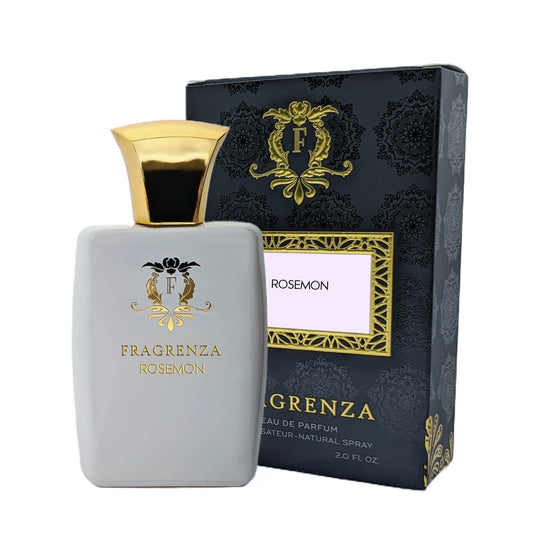
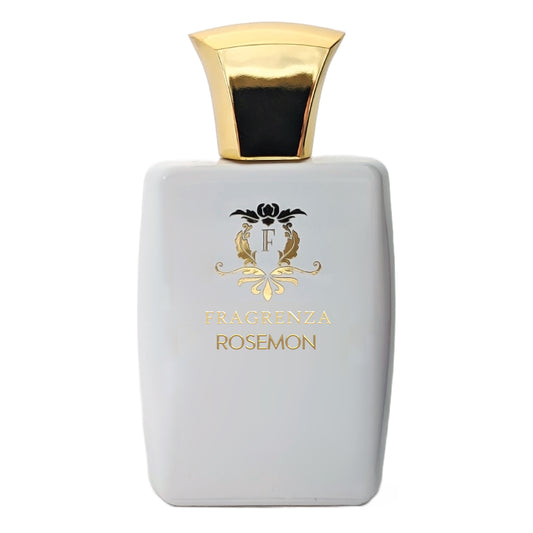 SaleRosemon Rosemon by FragrenzaVendor:Regular price From $9.99Regular priceUnit price per
SaleRosemon Rosemon by FragrenzaVendor:Regular price From $9.99Regular priceUnit price per$79.99Sale price From $9.99Sale - Romantic Summer Sole di Positano by Tom FordVendor:Inspired by Tom Ford Sole di Positano dossierRegular price From $9.99Regular priceUnit price per
$79.99Sale price From $9.99Sale - Incense Memoir Man Memoir Man by AmouageVendor:Inspired by Amouage Memoir Man dupeRegular price From $9.99Regular priceUnit price per
- Eau de Nil Vert Bohème by Tom FordVendor:Inspired by Tom Ford Vert Bohème cloneRegular price From $9.99Regular priceUnit price per
$79.99Sale price From $9.99Sale - Incense Memoir Woman Memoir Woman by AmouageVendor:Inspired by Amouage Memoir Woman dupeRegular price From $9.99Regular priceUnit price per
- Pinnacle of Power Woman Fate Woman by AmouageVendor:Inspired by Amouage Fate Woman cloneRegular price From $9.99Regular priceUnit price per
$69.99Sale price From $9.99Sale - Vétiver Boisé Grey Vetiver by Tom FordVendor:Inspired by Tom Ford Grey Vetiver dossierRegular price From $9.99Regular priceUnit price per
- Lullincense Woman Interlude Woman by AmouageVendor:Inspired by Amouage Interlude Woman dupeRegular price From $9.99Regular priceUnit price per
- Jeremy Beau De Jour by Tom FordVendor:Inspired by Tom Ford Beau De Jour cloneRegular price From $9.99Regular priceUnit price per
$69.99Sale price From $9.99Sale - Gilt Civet Man Gold Man by AmouageVendor:Inspired by Amouage Gold Man dupeRegular price From $9.99Regular priceUnit price per
- Gilt Civet Woman Gold Woman by AmouageVendor:Inspired by Amouage Gold Woman cloneRegular price From $9.99Regular priceUnit price per
Norlimbanol™ Fragrances
Explore our collection of norlimbanol™ fragrances. Shop norlimbanol™ perfumes that will captivate your senses.Nettle Fragrances
Experience the invigorating scents of nettle fragrances. Discover the best nettle perfumes and immerse yourself in a refreshing aroma.Oat Fragrances
Indulge in the captivating oat fragrances. Explore the best oat perfumes and let their enchanting scents transport you.Orange Fragrances
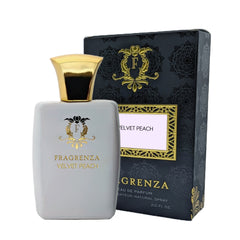
From this collection Velvet Peach is Fragrenza Velvet Peach dupe
Discover the delightful scents of orange fragrances. Shop best orange perfumes online and add a touch of elegance to your fragrance collection.Olive flower Fragrances
Immerse yourself in the world of olive flower fragrances. Experience the best olive flower perfumes for men and discover unique and captivating scents.
Amarena Cherry
Obsessed with cherry? If you want to really amp up the cherry scent, this Tom Ford Lost Cherry dupe will give Lost Cherry a run for its money. Black cherry, cherry syrup, and cherry liqueur all mingle together for an indulgent cherry overdose that’s complemented by notes of almond, tonka bean, Turkish rose, and jasmine sambac.
Woods And Mosses
K9ngdom Plantae, division Bryophyta Other names: Mousse de Chene, treemoss
Collapsible content
Description
Oakmoss, also known as Evernia prunastri, is a species of lichen, a fungus found in the temperate mountainous forests of the northern hemisphere. As the name already suggests, oakmoss commonly grows on the branches and trunks of oaks, although it can also be found on other hardwoods and conifers. This bushy lichen is very short, flat, and has a thong-shaped thallus that somewhat resembles the shape of deer antlers. Oamkoss varies in color, being mint green or almost white when dry, or dark olive green and even yellowish when wet. Oakmoss is one of the most widely used raw materials, especially in chypre and fern type fragrances. Often used as a fixer, it not only improves the longevity of the composition, but also imparts a delicate forest, rich and earthy aroma to the scent composition, leaving a natural, moist and creamy soft trail. This raw material is generally cultivated commercially in south-central Europe and exported to Grasse in France, where the majority of perfume houses are located. The absolutes and oakmoss extracts, derived from lichen, have a distinctly woody, lively and very sensual aroma that combines very well with floral and green notes, and is a great addition to oriental-type scents. A special type of oakmoss that grows on pine trees has a slightly different smell, similar to turpentine, which makes it very popular with perfumers. Oakmoss absolute can be obtained by solvent extraction or vacuum distillation. The one obtained by solvent extraction is dark green or even brown in color and has a strong, natural, earthy and mossy scent with a slight undertone of leather. The vacuum distillation process results in a pale yellow or green aromatic material with a very dry, earthy, rind-like flavor. Oakmoss has been known for many years as a potent skin sensitizer which should be used with extreme caution in order to prevent unwanted dermatological reactions. However, it has become very controversial in recent times, since IFRA, an organization that regulates guidelines for the safe use of scent chemicals and essential oils in perfumes, listed oakmoss as a restricted ingredient. IFRA regulations state that oakmoss extracts obtained from Evernia prunastri should not be used in consumer products if their amount exceeds 0. 1 percent. Also, if the formula already contains tree moss extracts, then the levels of oak moss and tree moss extracts should be reduced so that the total amount of both extracts does not exceed 0, 1 percent. Because it is almost impossible to compose a classic chypre fragrance without a wake of natural mousse, perfumers have faced a difficult challenge since 2001, trying to find a new extract that would smell like close to the original fragrance of the mousse of oak, while respecting IFRA regulations. Following the new guidelines, many perfume houses have reformulated their epic scents. Among the many examples are Mitsouko and Parure by Guerlain, both using oak moss as a base note. But, with a little help from modern science, Thierry Wasser, Guerlain's famous perfumer, found his way to preserve the scent of the original version and avoid drastically changing the formulation. Guerlain now uses oak moss which does not have the specific molecule which is not authorized by IFRA regulations. Thanks to modern chemistry, this new raw material is a 100 percent pure and natural extract that complies with the IFRA amendments. Some other perfumers have replaced the oakmoss with herbal notes of patchouli and vetiver, while others use a synthetic note of mossy wood that reproduces the deep scent of the forest. The true scent of the humid forest can still be felt in the creations of modern natural perfumers, who continue to use oakmoss absolute obtained by solvent extraction. Oakmoss is found in many iconic fragrances such as Paloma Picasso, in the floral-woody-green composition of Chanel # 19, in Miss Dior by Dior, a chypre-floral fragrance for women, and Apercu by Houbigant. We should also mention the Foug�re Royale cuv�e from Houbigant, with a top note of lavender and base notes of oak moss and coumarin. The whole class of Foug�re perfumes, composed mainly of perfumes for men, is named in reference to this classic creation.
-
Our best sellers.
-
Adeline PDM Delina dupe Better Peach Tom Ford Bitter Peach dupe Chloris Gardenia Gucci Flora Gorgeous Gardenia dupe Fearless Love Kilian's Love, Don't Be Shy dupe Selvaggio Dior's Sauvage dupe Addict Noir YSL's Black Opium dupe Empress D&G's L'Imperatrice dupe Divino Bleu de Chanel dupe Lo amo J’Adore Dior dupe Pretty Girl Carolina Herrera's Good Girl dupe



